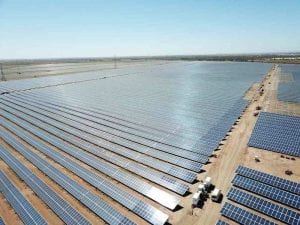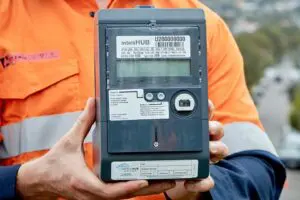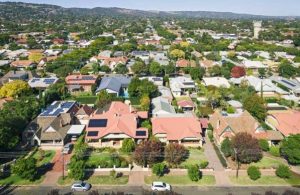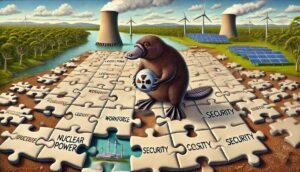The latest election has provided the incoming Albanese Government a strong mandate to do more on climate action. However, the Government has repeatedly stated it is sticking with its 2030 emissions reduction target of 43% by 2030, for now at least.
Despite this, there are a lot of options for the Government to be able to do more outside of target setting. One such opportunity is to update our National Electricity Objective to include consideration of climate change.
If you haven’t glazed over already, the National Electricity Objective, or the NEO as its known by energy market nerds, is more important than its mundane title sounds. The NEO and its lesser known cousin the National Gas Objective (NGO) are the next best thing to a vision statement for the energy system in Australia.
The energy system in Australia is profoundly complex. Anyone that claim to know how the energy system works is not to be trusted. They may know an impressive amount about certain aspects, such as how electricity moves from generators to our homes, or how the spot markets work or the ins and outs of the regulations and policies.
It is unlikely though that anyone can have a full picture of the whole system. Yet, it more or less most of the time works, even if its not always in the way everyone wants.
So with this profound complexity, the role of the NEO is profoundly important as it sets a general direction that all of those interacting with the system must pay attention to. The NEO is fundamental to the rules that shape the electricity market under the National Electricity Law.
The Australian Energy Market Commission (AEMC) are the body which set the rules for the National Electricity Market (NEM).
There are a lot of rules in the NEM, and the AEMC has dealt with over 360 rule change requests since its inception in 2005. The AEMC may only make a new rule if it is satisfied that will or is likely to contribute to the achievement of the NEO.
But what is the NEO? Well, theres not really any way to make this appealing to read other than directly stating it;
“to promote efficient investment in, and efficient operation and use of, electricity services for the long term interests of consumers of electricity with respect to:
-
price, quality, safety, reliability, and security of supply of electricity; and
-
the reliability, safety and security of the national electricity system.”
The key line in the above is the “long term interests of consumers”. From that perspective, climate and consumer advocates for many years have argued that dealing with climate change in our electricity system is in the long term interests of consumers.
Climate change is important to the NEO from two different angles. On one hand the energy system is undergoing profound change as we transition from centralised fossil fuel generators to a much more distributed renewable energy system.
By including recognition of the need to reduce emissions in the NEO, market bodies and other actors would be able to make rules, policies and regulatory decisions that can facilitate a more orderly transition as we seek to reach zero carbon.
On the other hand, our energy system is being disrupted from the very real impacts of climate change Australia is already facing.
We have seen the flow on impacts of electricity outages during storms, bushfires, and flooding events over the past three years most profoundly. Consideration of climate change in the NEO would also allow greater consideration for building more resilience in to the system.
Other jurisdictions (including California, Ontario, Denmark, New York and the UK) have successfully integrated climate or environmental objectives in their energy system regulatory regimes.
The NEO already has multiple potentially conflicting sub-objectives (especially price versus reliability), and overseas experience shows that environmental outcomes can be integrated without making life impossible for regulators and other market bodies.
Australia is currently in the grips of an energy crisis, with skyrocketing gas and diesel prices ageing coal plants and supply chain issues. The reasons for this are multifaceted, but one overwhelming reason is this; Australia has lost a decade when it comes to integrating climate and energy policy.
So with a new Government and a strong mandate for decarbonising our electricity system, is now the time for a neo-NEO?
Rob Law has worked in climate and energy policy for the past 20 years in local and state governments, not for profit organisations and universities. He is now working as a climate and energy consultant.










